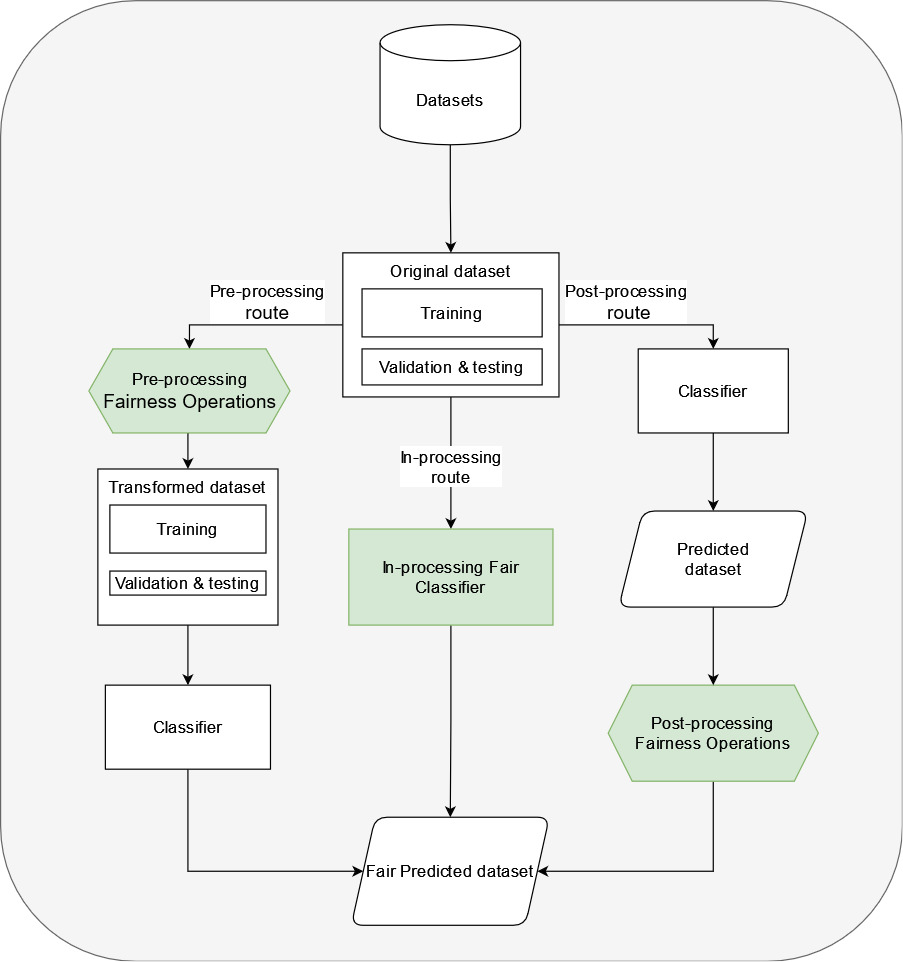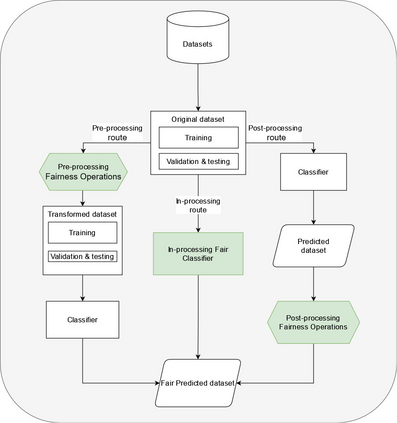The utility of machine learning in evaluating the creditworthiness of loan applicants has been proofed since decades ago. However, automatic decisions may lead to different treatments over groups or individuals, potentially causing discrimination. This paper benchmarks 12 top bias mitigation methods discussing their performance based on 5 different fairness metrics, accuracy achieved and potential profits for the financial institutions. Our findings show the difficulties in achieving fairness while preserving accuracy and profits. Additionally, it highlights some of the best and worst performers and helps bridging the gap between experimental machine learning and its industrial application.
翻译:自几十年前以来,已经验证了在评估贷款申请人的信用程度方面进行机器学习的效用,然而,自动决定可能导致对群体或个人的不同待遇,从而可能导致歧视。本文以12种顶级偏见缓解方法为基准,根据5种不同的公平度量、实现的准确度和金融机构的潜在利润来讨论其业绩。我们的调查结果表明,在保持准确性和利润的同时,实现公平有困难。此外,它突出了一些最佳和最差的绩效者,并有助于缩小实验机器学习与其工业应用之间的差距。





